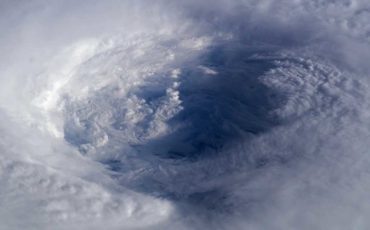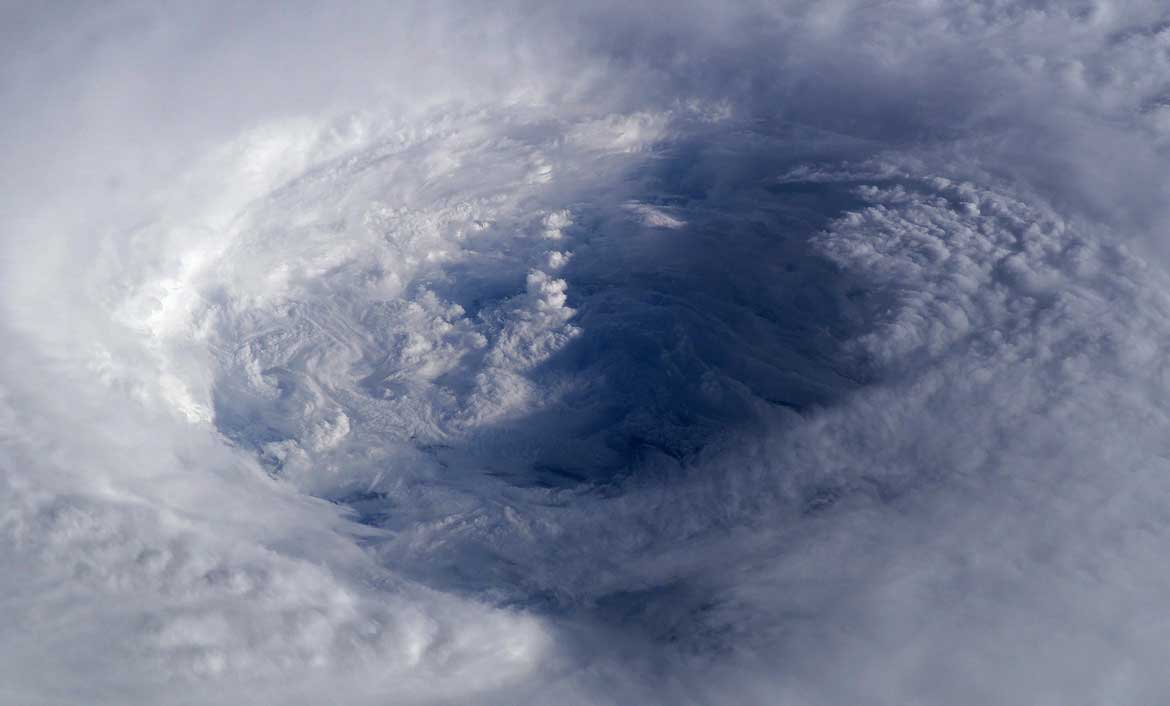Five tips to turn your Lee Wetherington Home into ‘home base’ during hurricane season

Hurricane season has arrived, and you’re keeping an eye on severe weather potentially steaming toward the Suncoast. It’s a nerve-racking few days watching a newly-formed storm system, mixed with everything from powerful wind gusts to hail and far-reaching rain, approach the area. But, while you’re developing an emergency plan, remember Lee Wetherington Homes are built to last – and we factor in hurricane protection, so you can hunker down in the safety and comfort of your dream home regardless of the weather.
Our premier homebuilding process, from creative designs to meticulous construction, is centered on quality materials and forward-thinking floorplans that take extraordinary storms into consideration. That includes protection from hurricane-force winds since, according to FloridaBuilding.org, the Sarasota-Manatee area is designated a “wind-borne debris region” where structures are reinforced to help withstand speeds greater than 110-120 miles per hour. Our residential construction experience dates back decades prior to Hurricane Andrew in 1992, which prompted Florida to implement strict building codes following the storm’s destruction, and our homes have weathered the test of time.
Lee Wetherington Homes prioritizes your comfort, exemplified in our testimonials following Hurricane Irma in 2017, but there are plenty of helpful tips we also recommend for adding an extra layer of safety to your home before a storm’s landfall!
Clear the clutter around your home’s exterior
Your yard is peppered with potential projectiles – and that’s a problem when wind gusts batter your beautiful home. Spend ample time maintaining and cleaning your gutters, which can collect debris likely tossed around at high speeds when a hurricane arrives.
Lawn ornaments and furniture scattered around your lanai needs to be secured or moved to a location where those items won’t blow away. That includes potted plants and removal of dead branches or loose tree limbs that can take aim at your windows.
Create a plan for backup power
Storms and wind damage are the primary reason for power outages in the U.S., which is why having an alternate source of electricity on-hand is so important. It’s a smart move to invest in a generator that can stay on standby in your garage until a hurricane strikes.
Cummins, a U.S.-based power generation company, conducted a 2017 survey of 1,000 Americans and found that 75% of people wished they were better prepared for storms and 66% said backup power would’ve been helpful for their home. Keep your home cool, perishable items fresh, phones charged and stress less without the hassle of losing electricity.
Protect your air conditioner from projectiles
Shielding your air conditioner should be included within your hurricane plan. Debris, like our above reference about clearing clutter, can become a projectile that jams itself in your unit.
Protecting your air conditioner from loose material isn’t necessarily a D.I.Y. project. Search for a factory-approved cover designed to keep the unit clean.
Seal your windows and doors
Windows and doors are common areas where water can infiltrate your home during a hurricane or even a typical thunderstorm. Sealing those open spaces can increase its energy efficiency, leading to lower energy costs. Investing in hurricane shutters or plywood sheets to protect your windows are also a necessity when high winds head your way.
Cover the cracks and crevices across your custom home. Feel comfortable knowing it’s now secure.
Prepare your pool for impending weather
Your LeeSure Water Pool, which was expertly-designed to fit the look and feel of your home, needs to be prepped for an approaching storm. Shutting off the power to your pool, via your circuit breaker or electrical panels, is an important step toward preserving pump motors, submerged lighting and more.
Avoid draining your pool, store any loose items and cover any equipment exposed to the elements. Consider trimming back nearby foliage and large plants that can potentially turn into a cleanup project following the storm.

